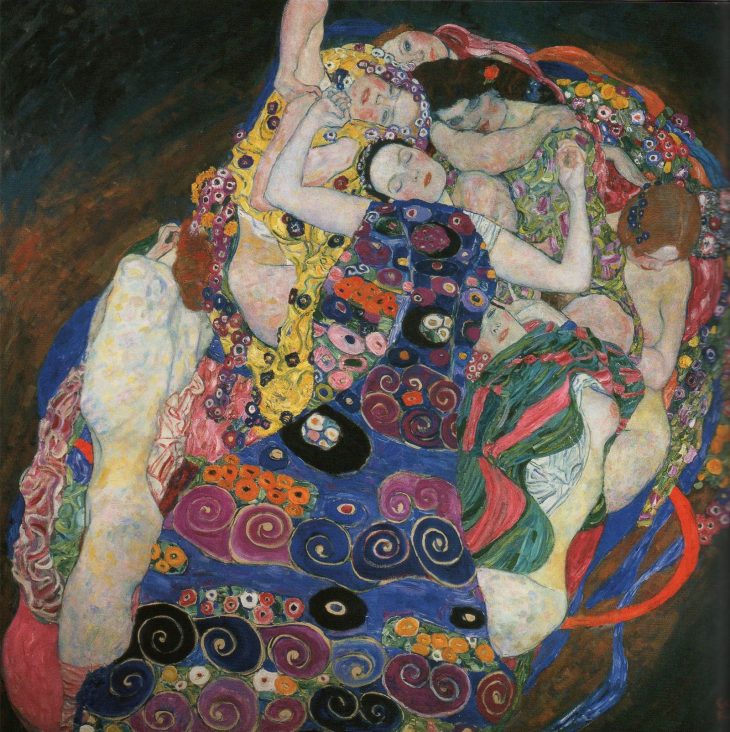Art Nouveau
Artistic Movements, Periods and Styles in 5 Points
We could make this publication thanks to small donations. How is 3 minutos de arte supported?
Art Nouveau
- Movement of the end of the 19th century and beginnings of the 20th century also known as Jugendstil in Germany, Modern Style in Great Britain, Sezession in Austria, Stile Liberty in Italy and Modernism in Spain. It prevailed in painting, sculpture and architecture as well as in other types of arts such as decoration, furniture design and graphics.
- It is characterized by setting aside the landscape and scenes of everyday life (the predominant themes in the painting of the time), to allow a new type of images with symbolic and conceptual content.
- The artists often work in 2 dimensions using a well-defined line and expressive drawing.
- The works of this movement are characterized by the “excessive” use of decorative elements (beyond the gold leaf technique Klimt applied to his paintings).
- The recurring theme is sensuality, eroticism (sometimes to the point of being considered “pornography” by many in those times). The female figure prevailed and it was represented in a stylized way —without considering proportions— to add sensuality.
Representative artists: Klimt, Klinger, Moser, Von Stuck, Alfons Mucha, Prikker.
Image: The Virgin (1913). Gustav Klimt.
Recommended links:
Timeline: from Neoclassicism till the end of the 19th century.
Alfons Mucha, the Perfect Example of Art Nouveau.
Characteristic Elements of Art Nouveau Painting.
Fundamental Painters of Symbolism.
You can also find more material using the search engine.




0 Comments